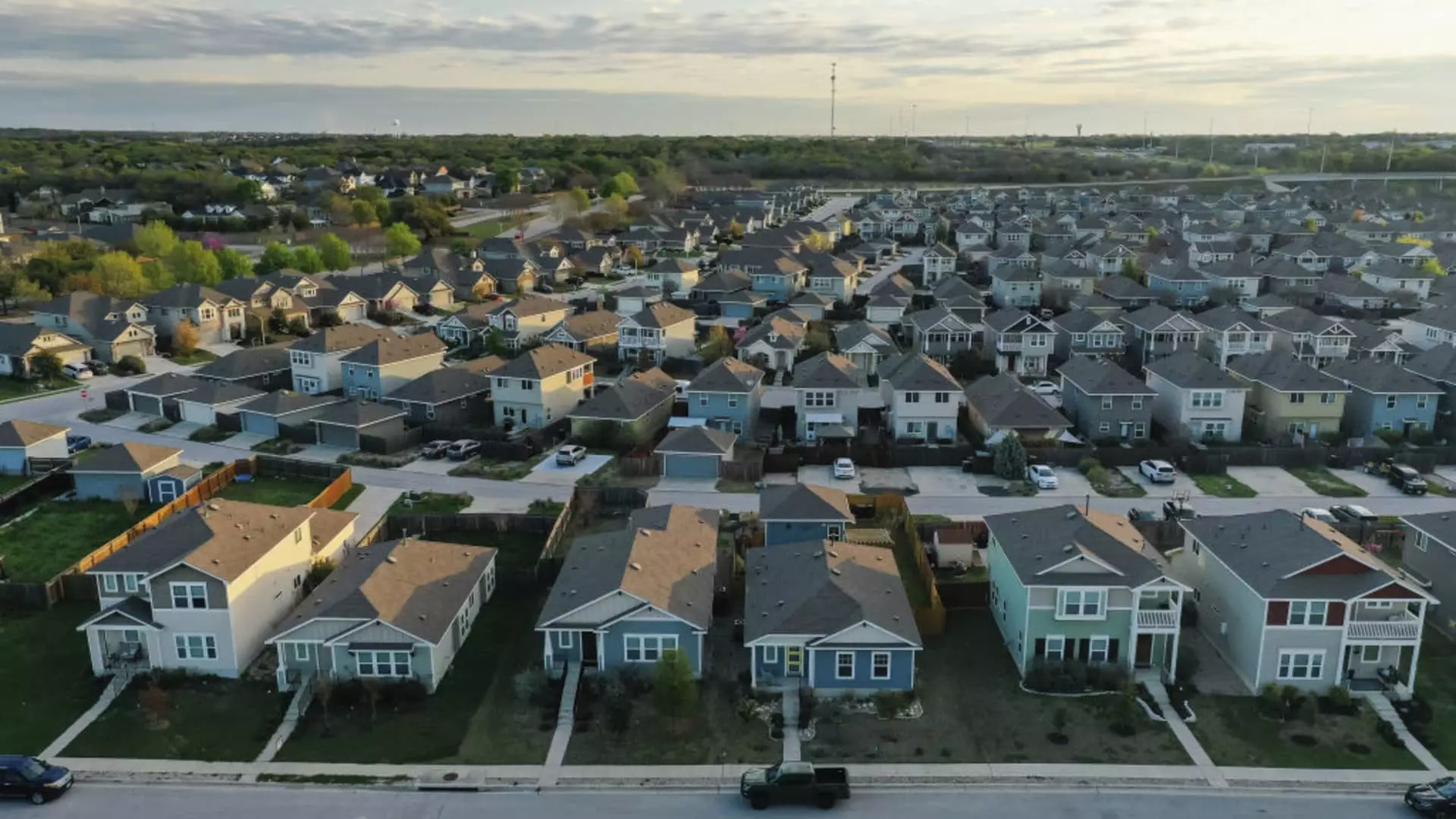In recent weeks, the spring housing market has emerged, but surprisingly, many potential buyers are hesitant to engage. The past few weeks have demonstrated that while the number of homes on the market is gradually increasing, other critical factors such as mortgage rates and rising home prices are dissuading new entrants. With mortgage applications reflecting a 4% decrease last week compared to the previous week, it is evident that buyer enthusiasm is waning. According to the Mortgage Bankers Association (MBA), demand appears stagnant compared to the same period last year, raising concerns over the health of the housing market.
The financial landscape for buyers showcases an unsettling trend: as the average loan size for purchases has escalated, many are finding it difficult to adjust. The average purchase loan size hit $447,300, the highest seen since October 2024, according to Joel Kan, the MBA’s vice president and deputy chief economist. Meanwhile, mortgage rates for 30-year fixed loans experienced a fractional decrease from 7.02% to 6.97%. While this lower interest rate offers a glimmer of hope, the overall economic climate holds little promise as many borrowers currently enjoy rates from earlier that are significantly below present levels.
Refinancing activity saw a slight uptick with a 12% increase this past week, and a notable 17% year-on-year rise, corresponding to the modest decline in mortgage rates. However, it is critical to point out that this increase may not be indicative of robust demand. A significant number of homeowners remain locked into lower rates, rendering current offers less appealing. Thus, while refinancing figures may suggest a rebound, they primarily reflect an environment where existing loan holders seek to leverage even minimal reductions in interest rates, rather than a thriving market invigorated by new purchases.
Current statistics reflect a stark reality: home sales are nearing a 30-year low, prompting further alarm. Despite a 25% increase in the availability of homes for sale compared to a year ago, this statistic masks a critical truth: homes are lingering on the market for considerably longer. In January, the average time to sell a home extended to 54 days, marking the slowest pace since March 2020. This stagnation can largely be attributed to pricing pressures; although sales prices are reaching record highs, many sellers are compelled to reduce their asking prices as market conditions shift. In January, price cuts were reported by 15.6% of sellers, up from 14.7% the previous year.
Navigating the complexities of the housing market today requires a thoughtful approach. Even with a notable 25% rise in housing supply compared to previous years, the market remains fragile. Buyers are faced with daunting home prices and constrained financial conditions, leaving them in a position of uncertainty. As both buyers and sellers ponder their next steps, clarity within this chaotic market must emerge before significant changes are witnessed. With housing affordability eroding and economic conditions shifting, the coming months will be pivotal for the long-term health of the housing sector.

